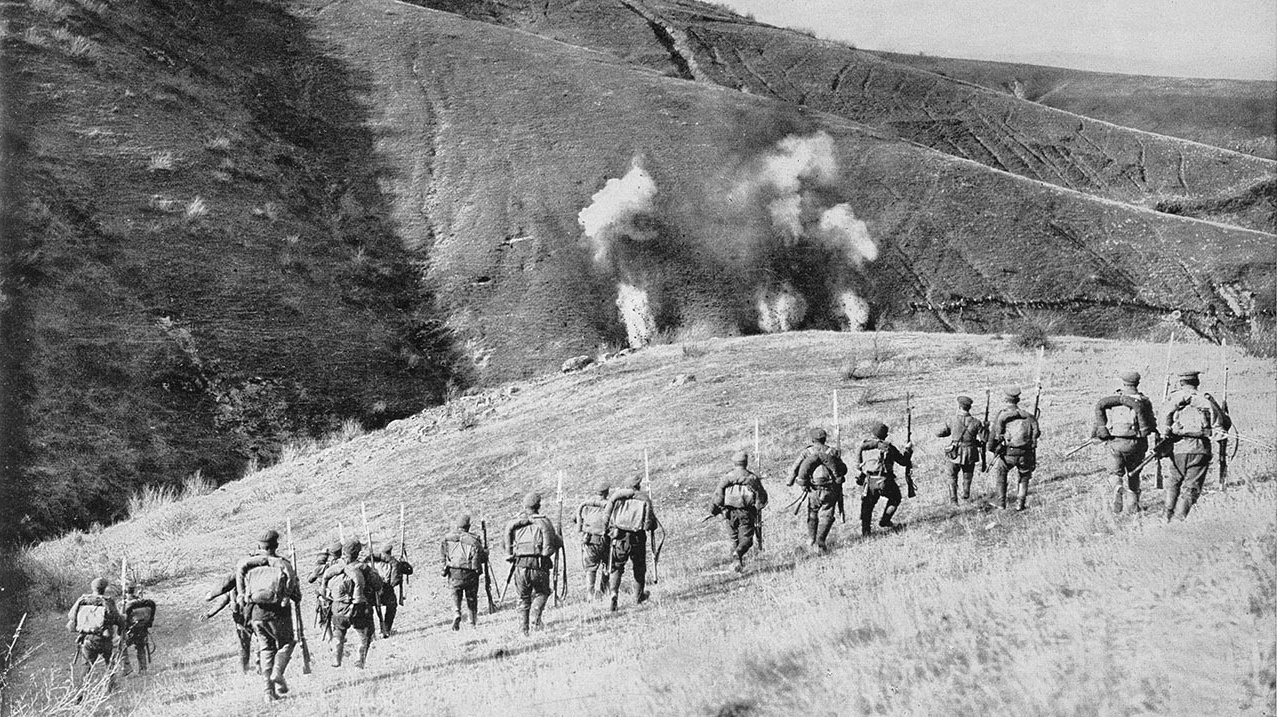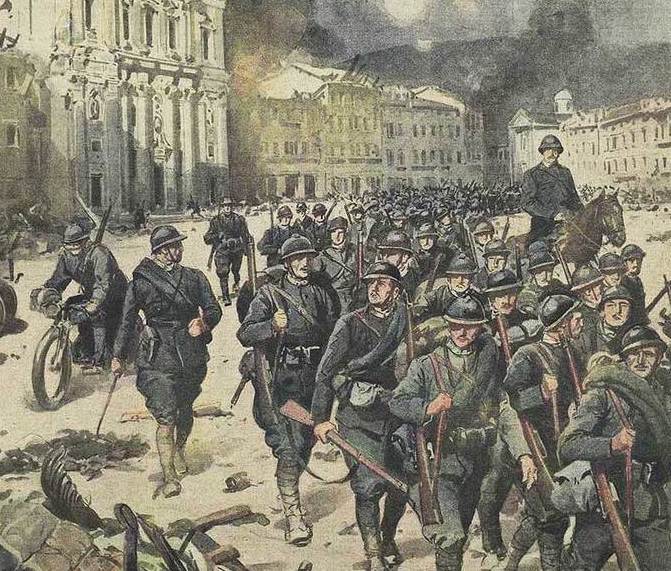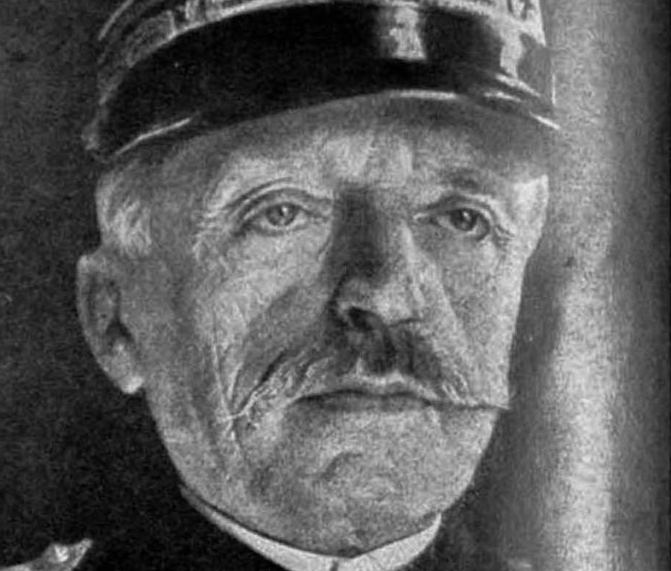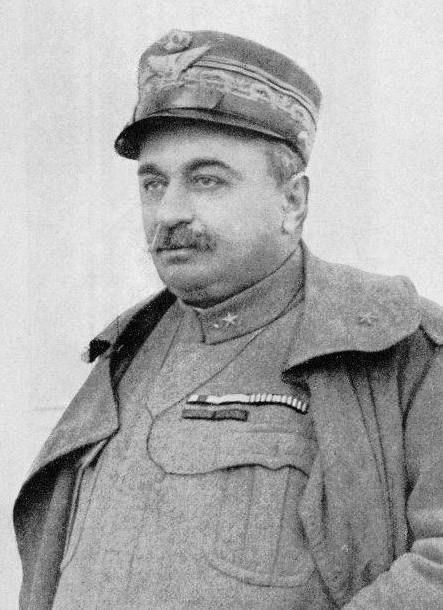
Isonzo Front in 1916
Italian attacks on the Isonzo
After the failed Austro-Hungarian offensive at Asiago, the Italians turned their attention for the rest of 1916 to the Isonzo sector of the front. There they launched a series of attacks that managed to dislodge the Austro-Hungarians from some of their defensive positions, including the town of Gorizia. However, the Italian Army did not manage to achieve a decisive breakthrough on the Isonzo Front.

1 of 2
The Italians were rewarded during the Sixth Battle of the Isonzo by the capture of Gorizia. For a short time it seemed that a breakthrough had been achieved; but the momentum went out of the attack.

2 of 2
The Seventh, Eighth and Ninth Battles of the Isonzo soon dissipated any Italian optimism as they repeatedly attacked the Austrian lines, seeking to expand their gains around Gorizia and the Carzo Plateau. Progress was almost non-existent, but casualties soared. General Luigi Cadorna, the Italian Chief of Staff, had done better than he had hoped, with gains of up to four miles on a 15-mile front. With the return of winter, offensive action once more came to a virtual halt apart from raids and patrols.
Cardona wanted to set the Italians up for a future attack on the city of Gorizia and on Mount San Michele, and to make it impossible for the Austrians to break out of Gorizia. For the first time, he would concentrate his firepower ‘in a very narrow space’, the short tract of front between Podgora hill and Gorizia. He also accepted the Duke of Acosta’s suggestion to extend the attack down to Mount San Michele in the south. Although it was separated from Gorizia by the valley of the Vipacco, five or six kilometers wide, San Michele was in tactical terms the southern rampart of the Gorizia enclave.

1 of 3
Cadorna rightly supposed that the Austrians would not expect a major operation on the Isonzo so soon after the close call in Trentino. Given his previous disdain for the element of surprise, this was another sign that something had been learned.

2 of 3
After the restructuring around Gorizia, the offensive came under the Third Army’s responsibility. Prince Emanuele Filiberto, the Duke of Aosta, made sure the three divisions attacking San Michele had substantial artillery support (though no heavy guns) and the lion’s share of reserves, which were never abundant on the Isonzo.

3 of 3
The task of getting a foothold on the left bank of the Isonzo, on the skirt of land between the river and the city, fell to VI Corps under General Luigi Capello. Capello’s orders reiterated Cadorna’s aim of capturing ‘a small bridgehead’ that could be defended by a few men with machine guns.
- Peter Hart, The Great War: A Combat History of the First World War, Oxford University Press, Oxford, 2013
- Peter Simkins, Geoffrey Jukes, Michael Hickey, Hew Strachan, The First World War: The War to End All Wars, Osprey Publishing. Oxford, 2003
- Mark Thompson, The White War: Life and Death on the Italian Front 1915-1919, Faber and Faber Limited, London, 2008






